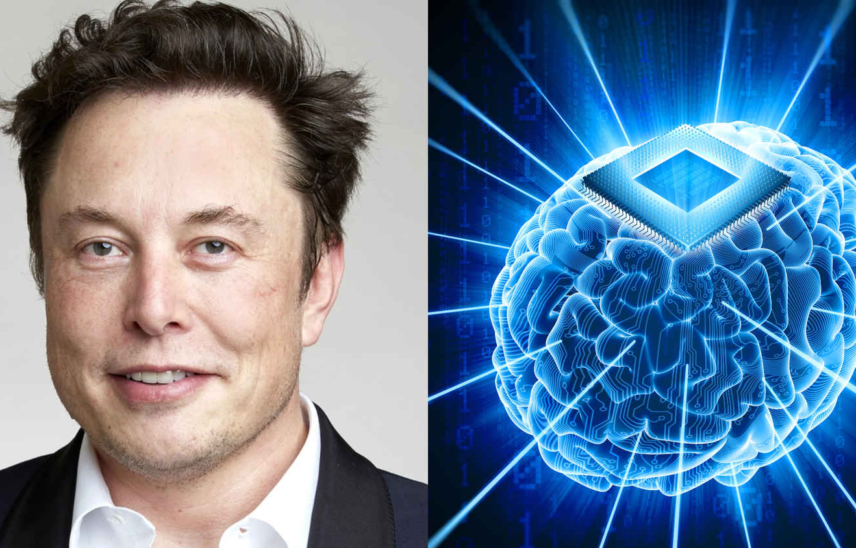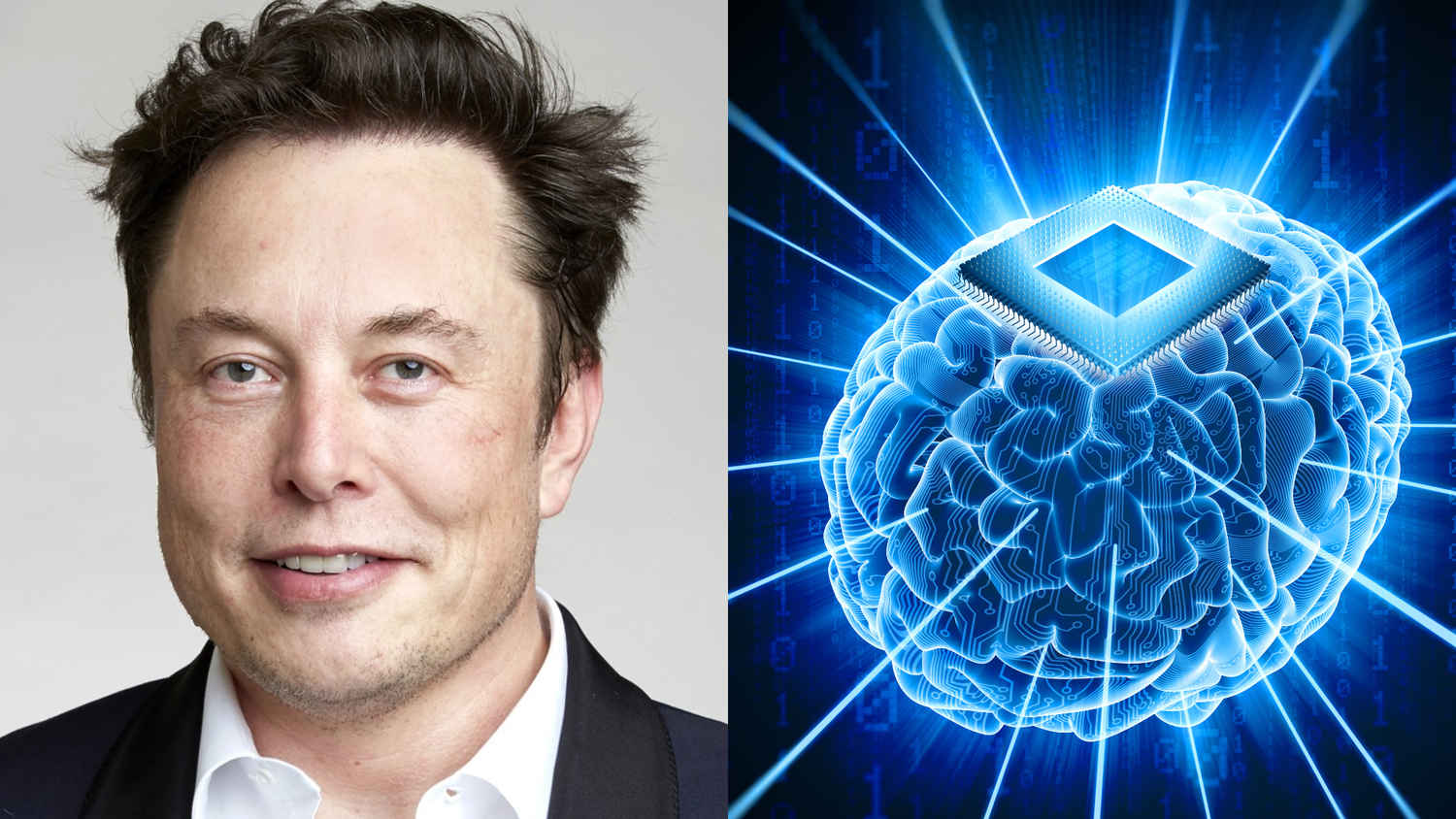
- Home
- Managed Services
- Cyber Security
- Blog
- About Us

We 365 Admin Support, just simplify your IT problems
Call for a free support. +91 96666 59505Platform Partnership
- Who We Help
- Shop
- Contact
- News






HIGHLIGHTS
Table of Contents
ToggleElon Musk’s Neuralink has reached a significant new stage in its innovative project. Recently, the company announced that it has successfully implanted its brain-computer interface (BCI) device in a third patient, a milestone Musk unveiled at a high-profile event held in Las Vegas. Alongside this announcement, Musk expressed his ambition for future expansion in 2025, stating, “We’ve got now three humans with Neuralinks implanted, and they’re all working well.”
To provide some context for those unfamiliar with the technology, Neuralink’s device is small, roughly the diameter of a coin, and is carefully surgically placed within a patient’s skull. The implant comprises ultra-thin wires that extend directly into the brain, facilitating a seamless and efficient brain-computer interface. According to Neuralink, once implanted, the device is designed to be cosmetically invisible, making it unobtrusive in appearance. The primary goal of this revolutionary technology is to enable users to control their computers or mobile devices simply by thinking about their desired actions. This groundbreaking capability is particularly geared towards enhancing the lives of individuals with disabilities, fostering greater independence and accessibility. Should these developments prove successful, the technology stands to be transformative for patients suffering from debilitating conditions such as paralysis and ALS.
The journey of Neuralink’s brain implant technology began back in January 2024, with the very first installation marking a pivotal moment. Since then, Neuralink has focused on advancing its devices, incorporating more electrodes, enhancing bandwidth, and extending battery life for improved functionality. The inaugural recipient of the chip was Noland Arbaugh, who shared that through the implant, he has been able to browse the internet, update social media platforms, and even play video games using nothing but his thoughts. Previously reliant on a mouth stick for tablet operation, Arbaugh reported a considerable boost in his independence thanks to this revolutionary device, greatly minimizing his need for assistance from caregivers.
As it stands, Neuralink has yet to disclose any specifics regarding the third patient who received the implant. The current focus of the company remains on the continuation of its human trials and the integration of the BCI chip into more patients. If these trials yield positive results, Musk envisions scaling Neuralink’s technology to reach a wider audience, thereby paving the way for significant advancements in human-computer interaction and accessibility features.
The impact of such technology could reshape not only how individuals with disabilities navigate their daily lives but also how society perceives and utilizes technology to bridge the gap between human capabilities and digital interaction. The aspiration of Neuralink to reduce barriers faced by individuals with diverse needs is commendable and may lead to a future where technology is an extension of human intent rather than a hindrance.
In an age wherein technology is rapidly evolving, the implications of Neuralink’s innovations stretch far beyond mere convenience. They symbolize a paradigm shift in the relationship between humanity and technology itself. With Musk’s vision for the future set firmly on the horizon, the next few years promise to usher in a new era defined by unprecedented connectivity and control.